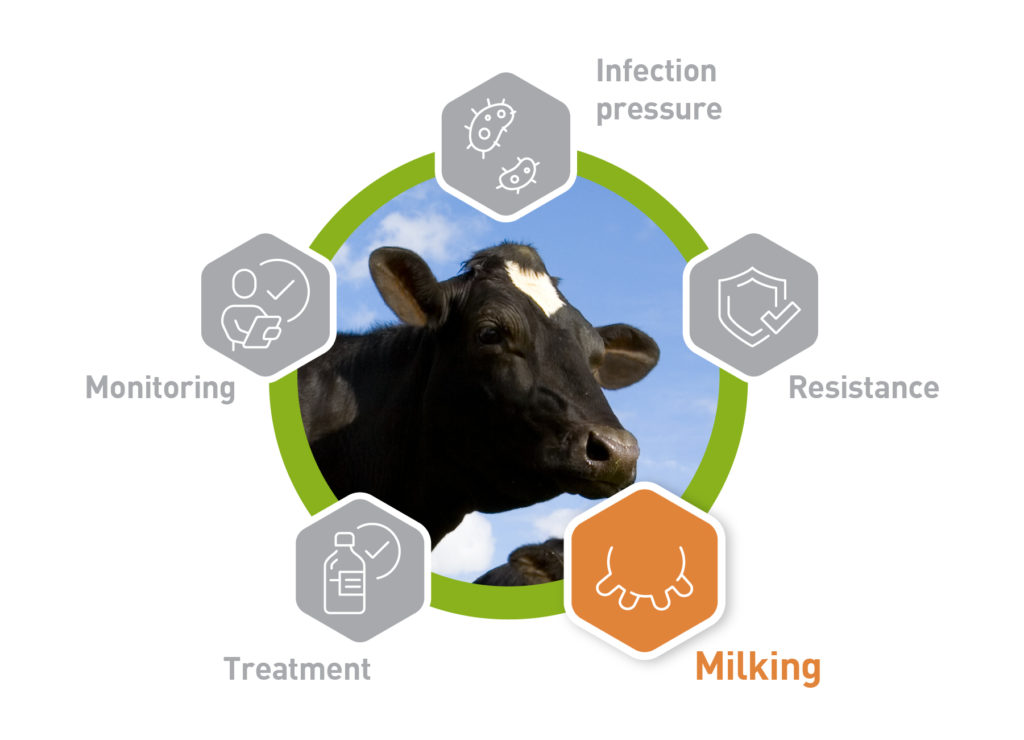A machine that milks well is the farmer’s most valuable tool. It is used more than any other piece of equipment on the farm and is responsible for generating most of the dairy farmer’s income.
To remain in good working order, it needs regular maintenance and upkeep. The vacuum should be well-adjusted.
Teat cup liners should be changed regularly. Rubber linings should be replaced every 2,500 milkings. Old rubber gradually loses its elasticity and puts more stress on the teats. The lack of elasticity will cause the inside to become oval instead of round, which decreases the milking efficiency.
Rubber liners will also become porous over time, making it easier for bacteria to gain foothold. This will promote the transfer of bacteria from one cow to the next. Damaged or perished tubes and liners should be replaced immediately. Replacing teat cup liners in time will prevent mastitis.
After 2,500 milkings, the liners’ condition will be poor. For a small farm with 100 cows milked twice daily with 10 clusters, this means replacing the liners about every 4 months.

Silicone liners last twice as long, approximately 5,000 milkings. However, they are more expensive, and they can deteriorate suddenly.
Once a year, every milking machine should be checked by expert technicians. The machine will undergo a static or ‘dry’ milking assessment. ‘Wet’ or dynamic milking assessments will look at the milking process as a whole.
-How to score teat ends and what the lesions mean https://ahdb.org.uk/knowledge-library/improving-dairy-cow-defences-to-environmental-mastitis-in-lactation
-How, when and why to do a dynamic or ‘wet’ milking
The milking parlour
The parlour should be a clean, calm and pleasant space, both for cows and milkers. The area should be well lit, well ventilated and well organised. All required material should be within easy reach:
-Tools for marking cows (e.g. markers, Velcro bandages, coloured duct tape)
– Material for taking milk samples => https://ahdb.org.uk/knowledge-library/aseptic-milk-sampling
-Paper towels or a large stock of single-use cloth wipes
-A thermometer
-Milking gloves
-Hot (85°C) and cold running water
-Whiteboard and marker to record attention cows, leave notes for other milkers
What to do if things go wrong in the parlour
The cluster and teat cups should be kept spotless and should be handled with care so that they do not pick up dirt from the floor.
After each milking, all clusters should be cleaned and checked for tear and wear. The parlour should be spotless, and all stocks should be replenished (cloths, disinfectant, sample tubes).
The three pillars of successful milking are:
-clean and comfortable cows
-excellent milking routines
-milking equipment in first-rate working order
